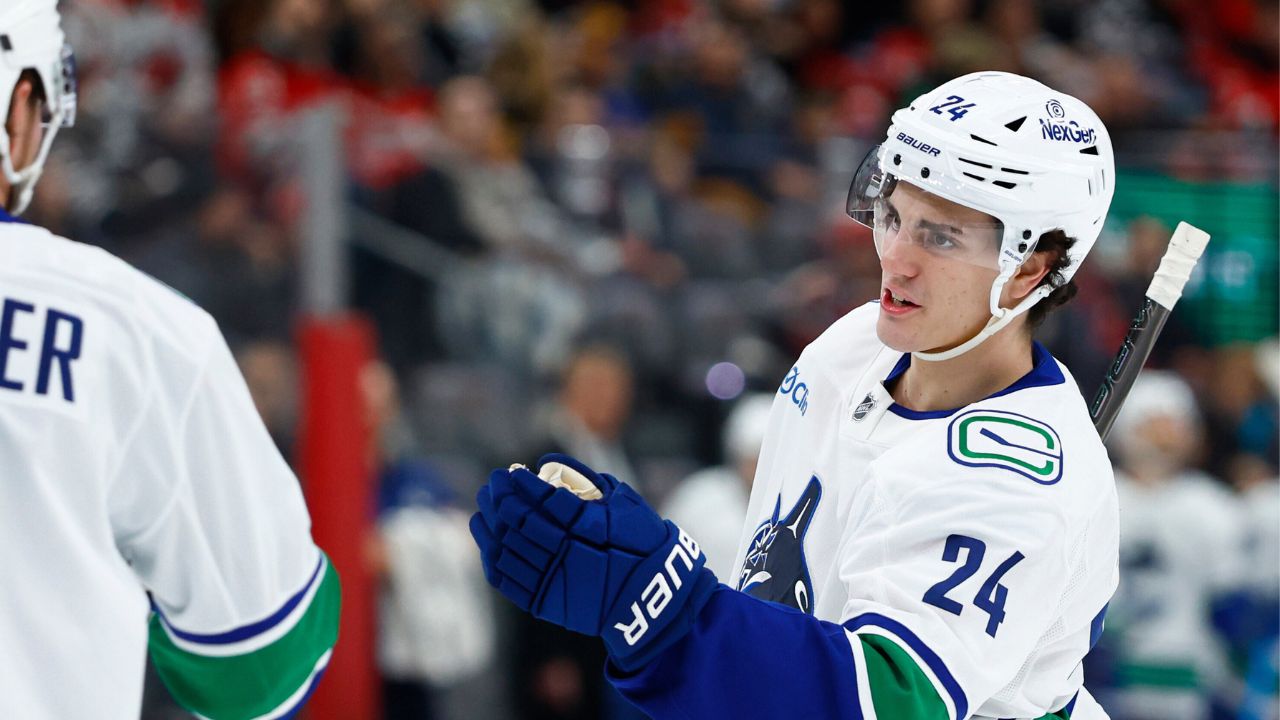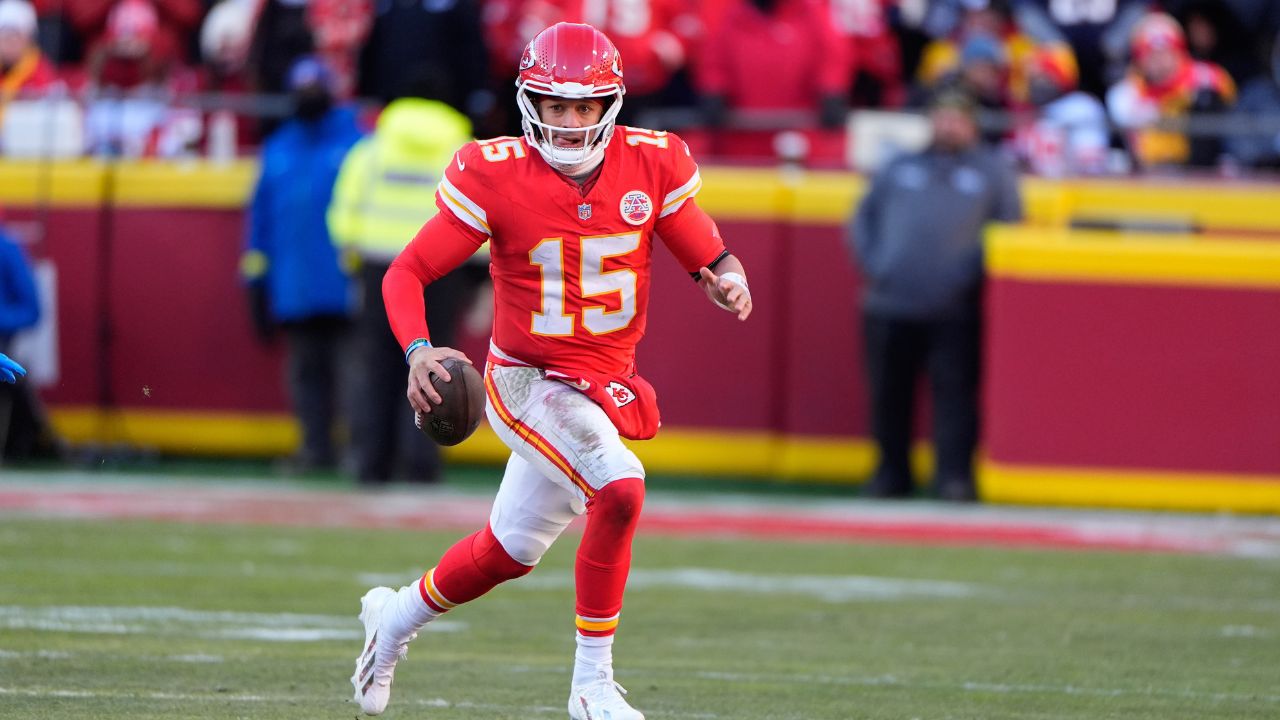
So the Leafs lost Game 5 of the play-in round and go home after another season of disappointment. Let’s talk about that series-deciding game, and what it means for the team going forward.
1. The super line was super, but still a bad idea.
Towards the end of Game 4, Sheldon Keefe put together their big guns – call it their Money Line, their All-Star Game line, their Desperation Line, whatever you like – and it panned out. The Leafs came back from three goals down and won. So, come Game 5, he decided to leave them together, which resulted in a hodgepodge lineup in that group’s wake.
I imagine the thinking was this: that group can be so dominant, you have to imagine they’ll get two, maybe three goals, over 60 minutes. Columbus struggles to score, so if the rest of the lineup can at least hang on, we’ll be in a good position to win.
That logic is fine, but unfortunately the group didn’t score despite dominant play. That’s the biggest factor in it all falling apart. But in going further, it stripped the Leafs of what was supposed to be their advantage. Teams were supposed to have to choose between giving the Auston Matthews or John Tavares juggernauts their top line/pair, leaving at least one to “feast.” Again, in theory. That’s supposed to be the strength of this team, which is supposed to include a third line (Kapanen, Kerfoot, and Johnsson or whoever they decided) that’s supposed to pack offensive punch, too.
By combining their biggest offensive players on to one line it played into Columbus’ hands, because they aren’t as strong throughout their forward lineup, but have a great defensive line and D-pair. It left the Leafs with two lines that played together…not at all this year. Hyman-Nylander-Kapanen saw six seconds as a group this season, and Johnsson-Kerfoot-Mikheyev saw none. Those six players looked unfamiliar together, as you’d expect. Maybe you wouldn’t expect them to look quite so lost, but surely they couldn’t have expected too much.
If that was the ideal roster construction, you’d think they’d have rolled it out all season. There’s a reason they didn’t.
Toronto should’ve started in a more typical fashion and if frustrated, pulled out the nuclear option of the big money line later in the game. Instead they started with it, then went away from it in the third when it was clear the middle six couldn’t keep their heads above water in their first game together. It was a costly choice.
2. Missing Jake Muzzin for three games hurt, and hurt bad. That was predictable, and maybe the difference between winning and losing for this Leafs team. But if losing one player destroys the team and submarines its chances, it isn’t good enough.
3. Hot take here, but it’s OK not to have a hot take about Freddy Andersen. The Game 5 Liam Foudy goal was brutal, but in general, Andersen was at least average in the series, making a number of saves that were surely forgotten about quickly since they didn’t go in.
This is neither a defence of him nor a critique. Getting average goaltending is never a given, and the Leafs got at least that from him in this series. He was fine. There’s no guarantee they can find league average elsewhere. They know he can get hot for stretches. He’s under contract for another year. Unless another good option presents itself, Andersen is likely going to be around. He’s neither the reason for the team’s failing nor unimpeachable.
4. Going into the series I thought for sure there’d be a moment for Kasperi Kapanen where he’d blow a game open. He scored a big goal for the Leafs against Boston in Game 7 last year. He scored an OT winner against Washington in the 2017 playoffs. He scored the OT winner in the world juniors. But it just never came for him.
It didn’t come for Alex Kerfoot, either, who was flying when the Leafs all got back together. It didn’t come for Ilya Mikheyev, who was the team’s MVP during Phase 3 training camps. It just didn’t come at all for the supporting cast in a series they were supposed to be better than the other team’s middle six. The fourth line was great for much of the series – specifically Kyle Clifford and Jason Spezza – but expectations were low there. The depth offence all but no-showed.
5. I can’t believe how often the Leafs skated by the side of the net, looking for a way in or a pass across the crease instead of just throwing a leg out, and simply driving the puck to the house over the course of this series, particularly in Game 5.
Yes, they’re a skilled team that can make pinpoint plays and don’t have to get dirty to score. But given how hard scoring was in that series, and what the score was in Game 5, I think they could’ve done worse than take the puck to the paint and upset Columbus’ goalie. You remember the schoolyard basketball shooting game “21?” Sometimes when a guy has found his stroke from the free throw line you need to throw the ball off line to make them move their feet and get out of their groove. Driving the net can do the same against hot goalies.
The plays in this video below become way more dangerous if the guys try to take the puck across the paint. You rarely get drilled trying that like you used to.
6. Morgan Rielly was excellent, and Auston Matthews was too. I know Rielly’s numbers weren’t eye-popping, but he was visible, jumping, and playing the big minutes the team needed him to shoulder. Maybe he’s not Victor Hedman, but he’s still a top-end guy for the Leafs.
Matthews to me took a step into the top-top tier of forwards in the world, with Nathan MacKinnon, Connor McDavid, Sidney Crosby, and whoever you subjectively think starts to enter the conversation at this point.
7. Mitch Marner’s year was statistically fine if underwhelming, but he’s under the microscope now more than ever. The contract grind was not looked upon favourably by the Leafs faithful, and with the salary cap staying flat, it looks worse for the team now that they have tough decisions to make. His showing the past two playoffs isn’t helping him any in conversations about his future with the club.
My gut is the Leafs believe he’s a huge part of their vision, and that he’ll get his uninspired play sorted out and be part of the reason this team eventually gets over the hump, if they ever do. And I think that’s right. When Kyle Dubas uttered the famous “we can and we will” quote about signing his young scorers, it was about letting that core have as many cracks at the playoffs as possible, believing them too good to not eventually have success. The Capitals flailed in the post-season for years, but gave their core enough kicks at the can and were eventually rewarded. I bet Leafs management feels the same can happen in Toronto.
8. Playing Andreas Johnsson over Nick Robertson was the right call. Robertson scored in Game 3, but over the first four games of the series he regularly looked like, well, a teenager getting his first NHL games under brutal circumstances.
Johnsson plays the type of skill/grit combo game that seemed perfectly suited to this series, he had fresh legs, and he’s paid millions to be an important part of the Leafs. Imagine he was available, the Leafs lost, and fans found out they left him out of the lineup for an 18-year-old who was playing 12 so-so minutes per game. The staff would get killed for that.
Now, was Johnsson good? He was not. He had a couple great chances he couldn’t convert, but he looked a little tired at times, and just generally out of sorts. If he had been playing regularly, he probably sees Mikheyev here who simply shoots it in the open net. One more pass!

So the decision was sound, but the results just weren’t there.
9. What comes of all this now will be fascinating to follow. Do the Leafs add more small young players next season in Rasmus Sandin, Timothy Liljgren, Nick Robertson, and stick to the vision Dubas has staked out as the way forward?
Or do they see how welcome an addition Clifford was, acknowledge how bare the cupboard gets on defence when one of their better blueliners gets hurt, and sacrifice some of what makes this iteration of the Leafs tick in order to diversify a little? With the salary cap flat, a lack of success, and the weaknesses of this Leafs group exposed, taking this group from good to great won’t be easy. There are tough decisions to be made in the months ahead.




